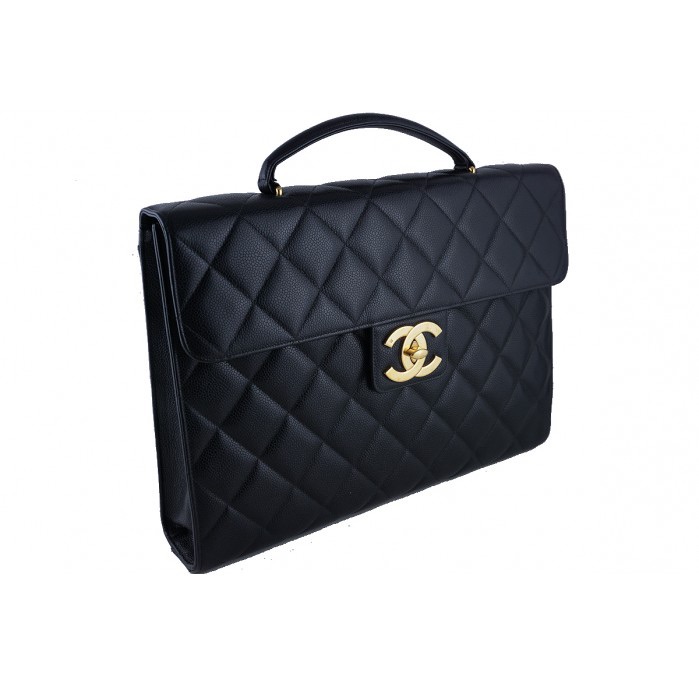
AminB
No personal profile
4Follow
30Followers
1Topic
0Badge
Circle will be in upward trajectory
Circle Applies for US Trust Bank License After Bumper IPO
Good job
Sorry, the original content has been removed
Great news
Sorry, the original content has been removed
Good
Faraday Future jumped over 7% in early trading
Great news
Nike, Costco, FedEx, Salesforce, and Other Stocks for Investors to Watch This Week
Great name
US IPO Week Ahead: Software, consumer products, and payment tech lead a diverse 14 IPO week
Great
US IPO Week Ahead: Software, consumer products, and payment tech lead a diverse 14 IPO week
Good news
U.S. stocks close lower on worries over recovery, corporate tax hikes
Good news
U.S. stocks close lower on worries over recovery, corporate tax hikes
Good news
U.S. stocks close lower on worries over recovery, corporate tax hikes
Great news
Sorry, the original content has been removed
Great
Sorry, the original content has been removed
Amazing
Sorry, the original content has been removed
Go to Tiger App to see more news